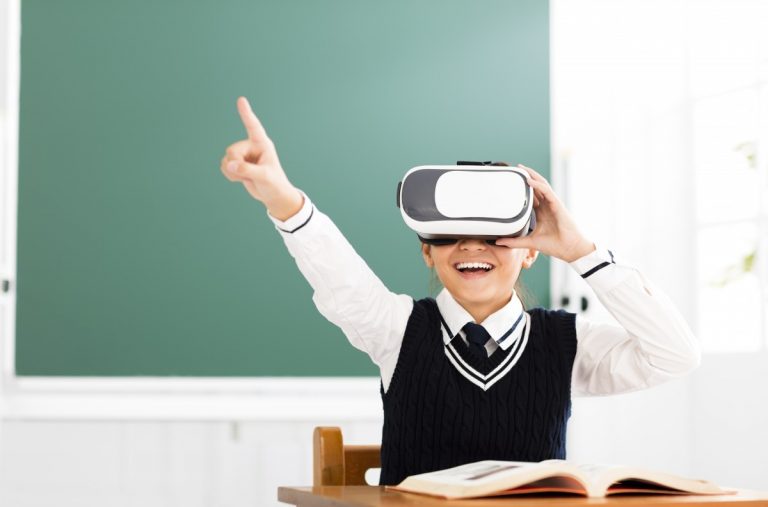
From Artificial Intelligence to Virtual Reality, navigating the modern technological world can feel like being the protagonist of the latest sci-fi blockbuster.
We are on the cusp of a technological revolution, with tech industry jobs set to increase 22 percent by 2020.
And with this, education also needs to revolutionise; after all, the purpose of education is surely to inspire a generation to curiously engage with their world.
Current education systems value individual achievement in exams and discipline, which was ideal for the emergence of industrial economies when existing education curricula were built.
“Our civilisation is now in the process of changing. Those places in the world that take quick and appropriate action towards implementing a new educational paradigm will be the ones where children prosper and flourish in the future,” said education expert Marc Prensky.
Pete Brown, Technology Co-ordinator at Australia Serpentine Jarrahdale Grammar School, told Study International: “Technology assists in making learning more engaging, meaningful and fun.
“It teaches the students capability, with the thought that they are more prepared for embracing new things, and helps prepare students for future pathways into industry.
https://twitter.com/TynansClass/status/916109780070039554
“Integrating technology into education assists with differentiation and learning styles of students, and students are able to access the most up-to-date information quicker and easier than ever before.”
So what can schools do to adapt to the technological tidal wave flooding all areas of society?
According to teachers at Connections Academy, there are three core skills that can prepare the youth of today for the world of tomorrow: complex problem solving, critical thinking and collaboration.
And technology in the classroom can make this happen.
“I think that technology transforms the learning experience, and provides students with the opportunities to learn how critical thinking and problem solving to learning how to better collaborate across teams,” said Brown.
Innovative usage of VR programs can unlock a more immersive learning experience, allowing young people to gain hands-on experience with everything from the biology of dinosaurs to the workings of a rocket engine, all from the comfort of the classroom.
VR is also praised for evoking emotive responses that a movie can only scratch at, thus it can also be a useful tool for developing emotional intelligence among students and improving wellbeing.
The emergence of distance learning and online courses from top higher education institutions also enables students to have more equal access to education resources and allows for students from all over the world to share perspectives.
Although it is clearly important for schools to be producing tech-savvy students, what would this mean for schools that could not afford the expensive gadgets to make the virtual a reality?
A study conducted by The Millennium Project, Education and Learning Possibilities by the Year 2030, noted that the use of technology in classrooms could produce a skills gap between privileged schools and those with less access to resources.
There is therefore a danger that introducing technology into classrooms will create a deep intellectual divide and prevent less privileged society members from progressing globally.
Regardless, the technological revolution will stop for no one, and as education reformer John Dewey said: “If we teach today as we taught yesterday, we rob our children of tomorrow.”
If you liked this, then you’ll love these…
Is computer-based testing at fault for California schools’ failures in English and math?







